Rising Incidence of Panuveitis
The increasing prevalence of panuveitis is a primary driver for the Panuveitis Treatment Market. Studies indicate that the incidence of uveitis, including panuveitis, is on the rise, with estimates suggesting that it affects approximately 38.5 per 100,000 individuals annually. This growing patient population necessitates the development and availability of effective treatment options. As awareness of the condition expands, more patients are likely to seek medical attention, thereby propelling the demand for innovative therapies. Furthermore, the rising incidence of autoimmune diseases, which are often associated with panuveitis, contributes to this trend. Consequently, pharmaceutical companies are increasingly investing in research and development to address this unmet medical need, thereby stimulating growth within the Panuveitis Treatment Market.
Advancements in Therapeutic Options
Recent advancements in therapeutic options for panuveitis are significantly influencing the Panuveitis Treatment Market. The introduction of biologics and targeted therapies has revolutionized treatment paradigms, offering new hope for patients. For instance, corticosteroids remain a cornerstone of treatment, but the emergence of biologic agents such as adalimumab has shown promising results in clinical trials, potentially leading to better patient outcomes. The market is projected to witness a compound annual growth rate (CAGR) of around 5.8% over the next few years, driven by these innovative therapies. Additionally, the development of combination therapies that integrate traditional and novel approaches may enhance treatment efficacy, further driving market growth. As healthcare providers become more familiar with these advancements, the adoption of new therapies is likely to increase, thereby expanding the Panuveitis Treatment Market.
Growing Investment in Ophthalmic Research
The surge in investment directed towards ophthalmic research is a notable driver for the Panuveitis Treatment Market. Governments and private entities are increasingly recognizing the importance of addressing eye diseases, including panuveitis. Funding for research initiatives has seen a marked increase, with several countries allocating substantial resources to develop new treatment modalities. This influx of capital is expected to accelerate the pace of innovation, leading to the discovery of novel therapies and improved treatment protocols. Moreover, collaborations between academic institutions and pharmaceutical companies are becoming more prevalent, fostering an environment conducive to groundbreaking research. As a result, the Panuveitis Treatment Market is likely to benefit from a steady stream of new products and therapies, enhancing the overall treatment landscape.
Rising Awareness and Education Initiatives
The growing awareness and education initiatives surrounding panuveitis are playing a crucial role in shaping the Panuveitis Treatment Market. Increased efforts by healthcare organizations to educate both patients and healthcare providers about the symptoms and potential complications of panuveitis are leading to earlier diagnosis and treatment. Campaigns aimed at raising awareness about the importance of eye health are gaining traction, which may result in more individuals seeking medical advice for their symptoms. This heightened awareness is likely to translate into increased demand for treatment options, thereby driving market growth. Furthermore, educational programs that focus on the management of panuveitis are being implemented, equipping healthcare professionals with the knowledge necessary to provide optimal care. Consequently, the Panuveitis Treatment Market stands to benefit from this shift towards greater awareness and education.
Technological Innovations in Treatment Delivery
Technological innovations in treatment delivery systems are emerging as a significant driver for the Panuveitis Treatment Market. The advent of advanced drug delivery systems, such as sustained-release implants and intravitreal injections, is enhancing the efficacy of treatments for panuveitis. These innovations allow for targeted delivery of medications directly to the affected area, potentially improving therapeutic outcomes while minimizing systemic side effects. Additionally, the integration of telemedicine and digital health solutions is facilitating better patient monitoring and follow-up care, which is crucial for managing chronic conditions like panuveitis. As these technologies continue to evolve, they are likely to reshape the treatment landscape, making therapies more accessible and effective. This trend is expected to contribute positively to the growth of the Panuveitis Treatment Market.


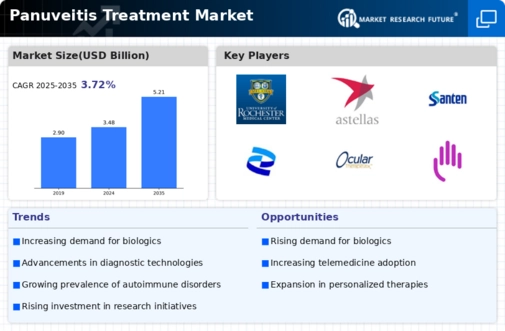
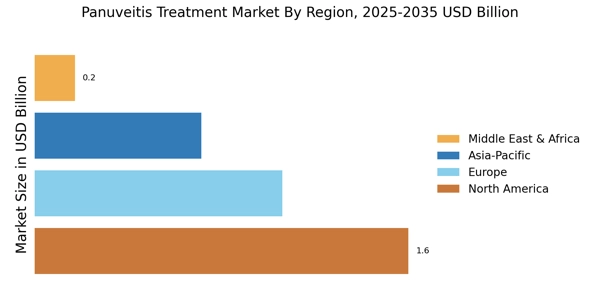
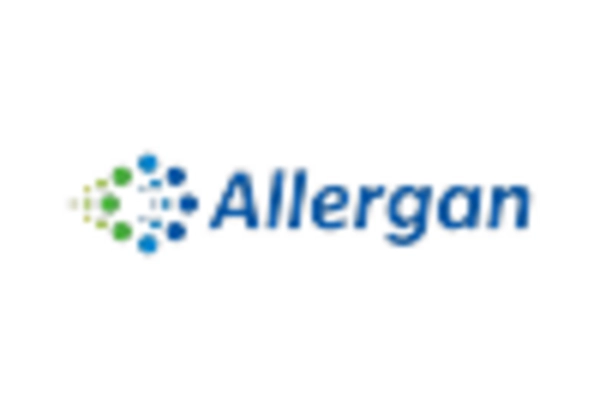


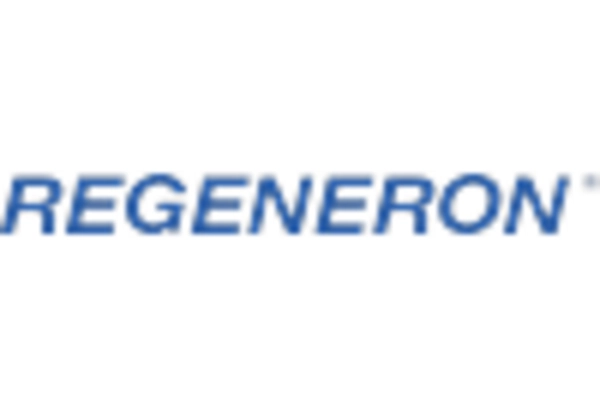

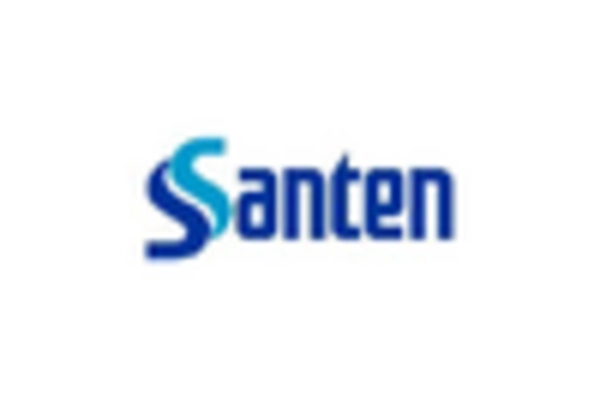








Leave a Comment